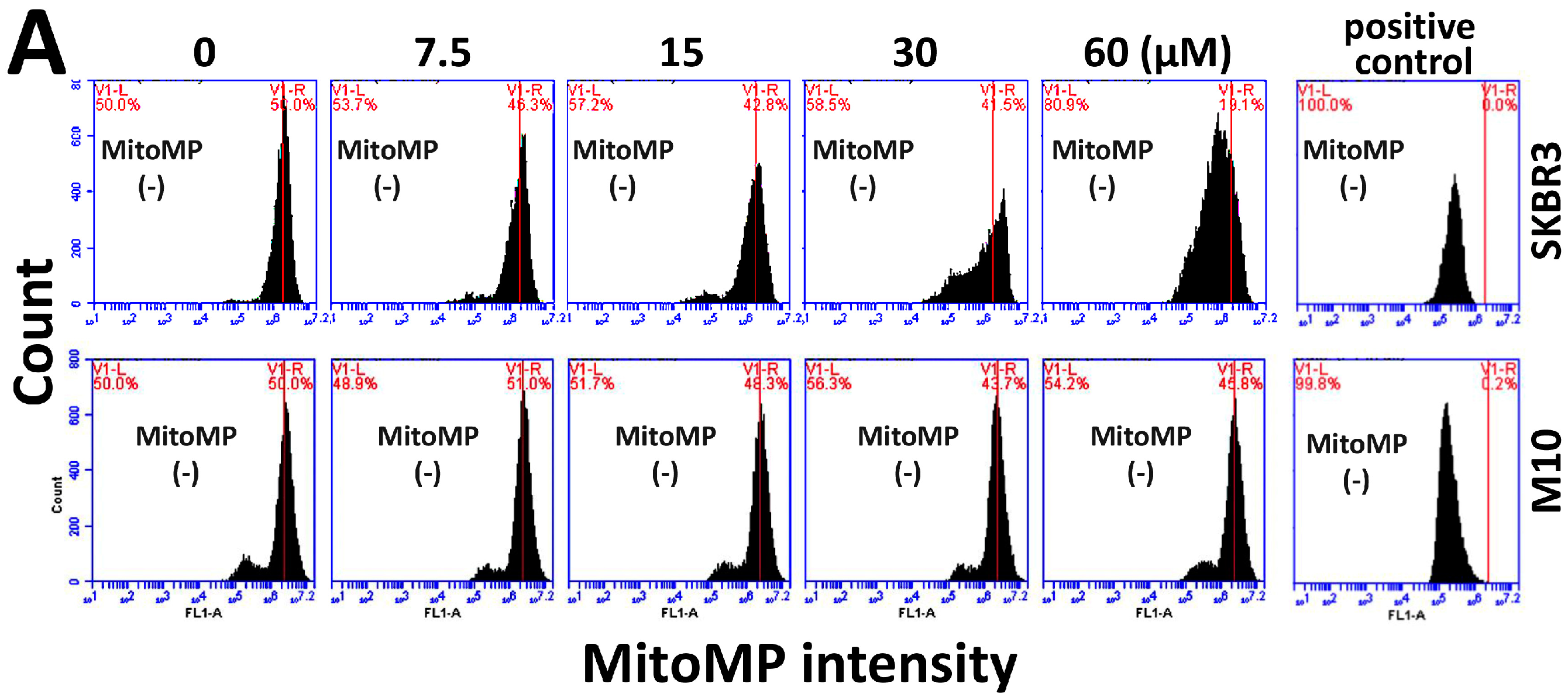Correction: Huang, H.W.; et al. Sinularin Selectively Kills Breast Cancer Cells Showing G2/M Arrest, Apoptosis, and Oxidative DNA Damage. Molecules 2018, 23, 849
Reference
- Huang, H.W.; Tang, J.Y.; Ou-Yang, F.; Wang, H.R.; Guan, P.Y.; Huang, C.Y.; Chen, C.Y.; Hou, M.F.; Sheu, J.H.; Chang, H.W. Sinularin selectively kills breast cancer cells showing G2/M arrest, apoptosis, and oxidative DNA damage. Molecules 2018, 23, 849. [Google Scholar] [CrossRef] [PubMed]

© 2018 by the authors. Licensee MDPI, Basel, Switzerland. This article is an open access article distributed under the terms and conditions of the Creative Commons Attribution (CC BY) license (http://creativecommons.org/licenses/by/4.0/).
Share and Cite
Huang, H.-W.; Tang, J.-Y.; Ou-Yang, F.; Wang, H.-R.; Guan, P.-Y.; Huang, C.-Y.; Chen, C.-Y.; Hou, M.-F.; Sheu, J.-H.; Chang, H.-W. Correction: Huang, H.W.; et al. Sinularin Selectively Kills Breast Cancer Cells Showing G2/M Arrest, Apoptosis, and Oxidative DNA Damage. Molecules 2018, 23, 849. Molecules 2018, 23, 1670. https://doi.org/10.3390/molecules23071670
Huang H-W, Tang J-Y, Ou-Yang F, Wang H-R, Guan P-Y, Huang C-Y, Chen C-Y, Hou M-F, Sheu J-H, Chang H-W. Correction: Huang, H.W.; et al. Sinularin Selectively Kills Breast Cancer Cells Showing G2/M Arrest, Apoptosis, and Oxidative DNA Damage. Molecules 2018, 23, 849. Molecules. 2018; 23(7):1670. https://doi.org/10.3390/molecules23071670
Chicago/Turabian StyleHuang, Hurng-Wern, Jen-Yang Tang, Fu Ou-Yang, Hui-Ru Wang, Pei-Ying Guan, Chiung-Yao Huang, Chung-Yi Chen, Ming-Feng Hou, Jyh-Horng Sheu, and Hsueh-Wei Chang. 2018. "Correction: Huang, H.W.; et al. Sinularin Selectively Kills Breast Cancer Cells Showing G2/M Arrest, Apoptosis, and Oxidative DNA Damage. Molecules 2018, 23, 849" Molecules 23, no. 7: 1670. https://doi.org/10.3390/molecules23071670
APA StyleHuang, H.-W., Tang, J.-Y., Ou-Yang, F., Wang, H.-R., Guan, P.-Y., Huang, C.-Y., Chen, C.-Y., Hou, M.-F., Sheu, J.-H., & Chang, H.-W. (2018). Correction: Huang, H.W.; et al. Sinularin Selectively Kills Breast Cancer Cells Showing G2/M Arrest, Apoptosis, and Oxidative DNA Damage. Molecules 2018, 23, 849. Molecules, 23(7), 1670. https://doi.org/10.3390/molecules23071670





